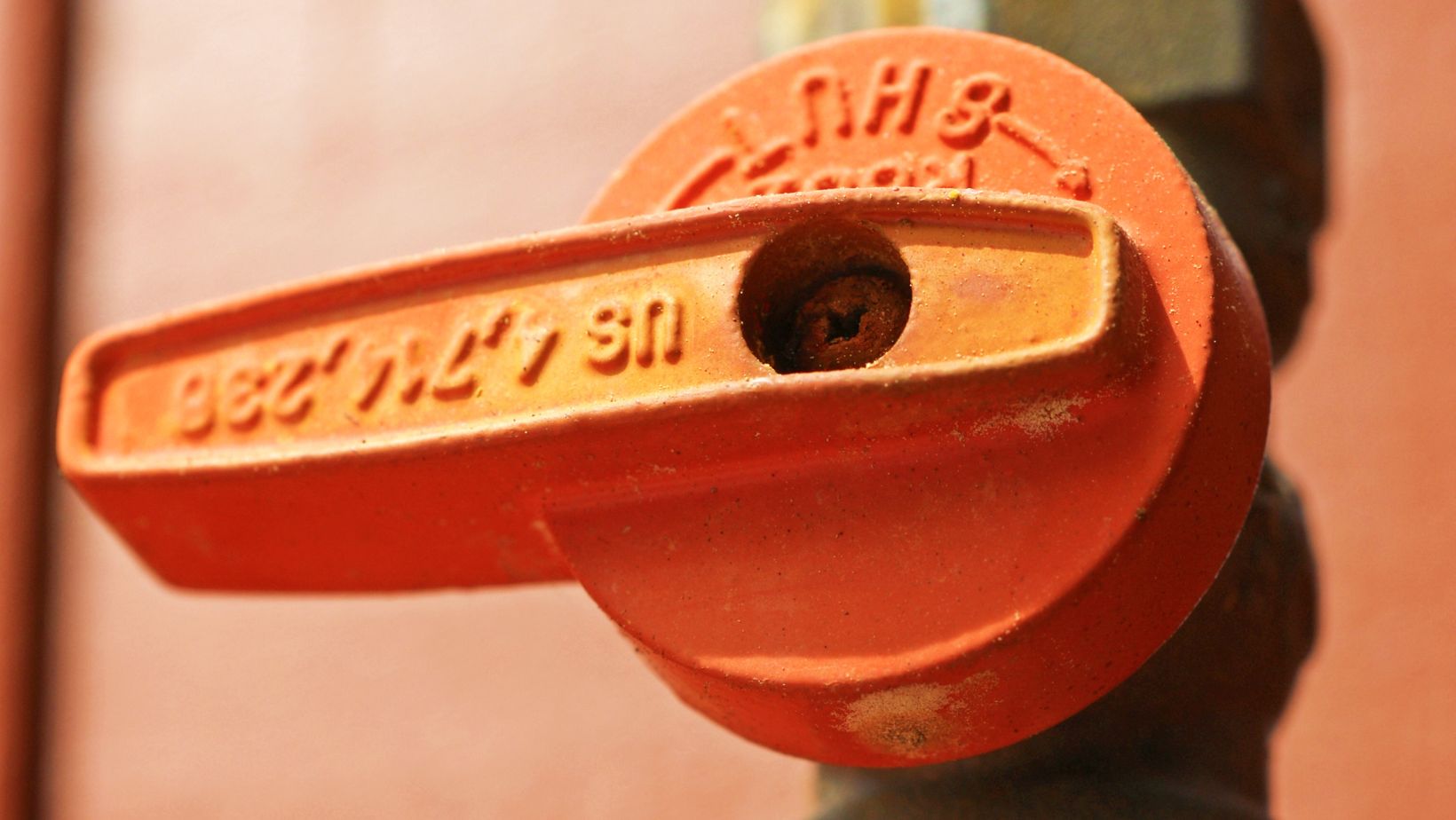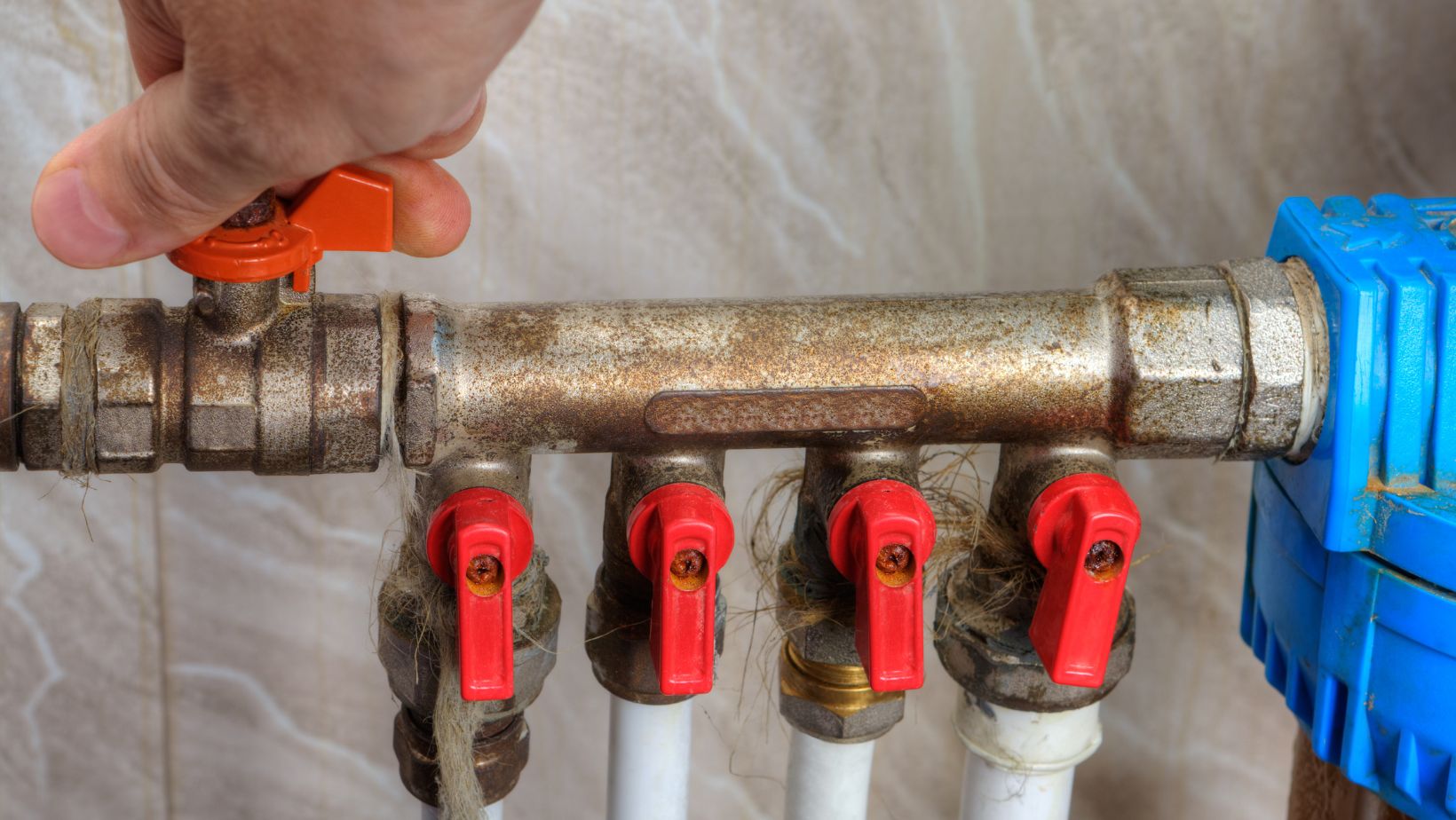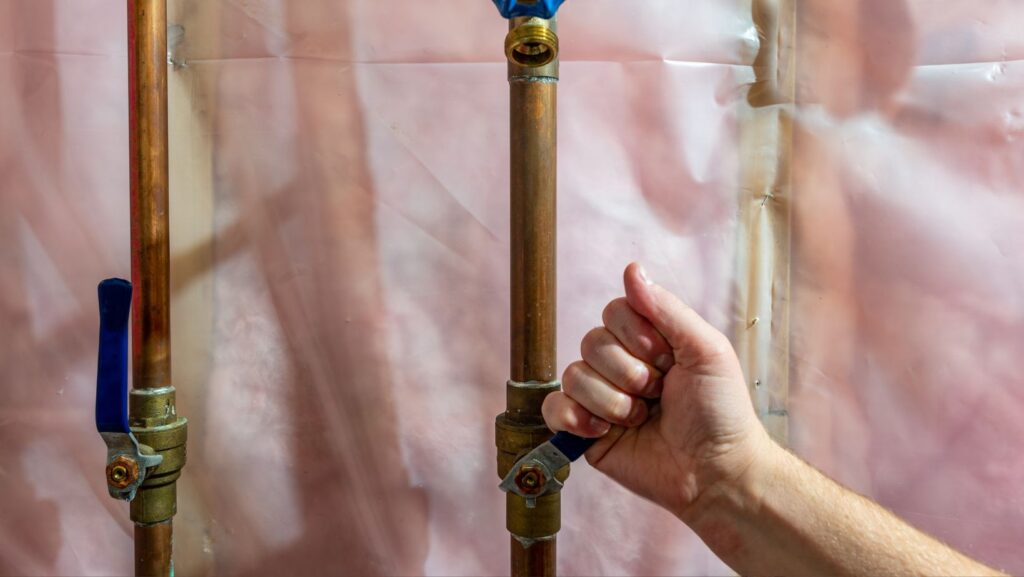Water-related emergencies, including broken pipes or malfunctioning appliances, can strike at any time, resulting in considerable damage and very costly repairs. Stop to a homeowner; it is a skill to know how to stop your home’s water supply. Your first line of defense against such disasters is the main water shut-off valve. Knowing its location, operation, and maintenance will help you reduce the risk and respond properly during emergencies.
What Is The Primary Water Shut Off Valve For My Home?
The control point for the flow of water from the municipal supply into your home is the main water shut-off valve. This valve is located where the main water line feeds your property, fed by control for emergencies and routine maintenance tasks.
Homes typically have one of two types of shut-off valves:
- Gate Valve: This traditional design operates with a wheel. Gate valves are reliable, but every once in a while, they need maintenance so that they work.
- Ball Valve: This modern version has a lever handle that offers quick and easy shut-off yet is perfect for emergencies. It’s easy as well to see if the valve is open or closed by looking at the lever’s position.
Either is effective, but only if the proper upkeep is maintained throughout its longevity and performance.
Why It Matters To Find Your Shut Off Valve
Every second counts in a water emergency. The shut-off valve is something you want to quickly find and use whenever you have a burst pipe or an overflowing appliance; you want to prevent significant damage. In the case of water damage, being able to respond quickly can save you from the destruction of your personal belongings, such as floors, walls, and much more.
One of the things you should do if you’re new to your home is to find the shut-off valve. Common locations include:
- Basements: Front of the house, often near.
- Garages: Usually up against an exterior wall.
- Outdoor Areas: By the water meter or close to the edge of the property.
Look up the valve and clearly label it so that you can identify it easily in an emergency.
How to Run Your Main Water Shut-Off Valve
It pays to know how to use the valve properly, which will make a big difference during an emergency. Here’s a step-by-step guide:

- Locate the Valve: Make sure it’s easy to access and clear of objects, such as furniture or debris.
- Inspect the valve: Rust, corrosion, or wear can make it difficult to operate, so check for it.
- Test the Valve: You can also periodically turn it off and on to make sure that it moves smoothly and doesn’t get stuck!!
- Educate Your Household: Make sure all family members know where the valve is, and if you’re not home when there’s a crisis, how to use it.
When shutting off the valve, make sure to close it all the way, but don’t squash it because that can damage the mechanism.
Maintaining Your Shut-Off Valve
Your shut-off valve should be properly maintained so that it works if and when you need it. Here are some essential maintenance practices:
- Lubricate Moving Parts: Use a plumbing grade ring seal to prevent rust and allow smooth operation.
- Insulate in Cold Climates: During the winter, you should protect your valve and nearby pipes from freezing by using pipe insulation.
- Inspect for Leaks: Make routine due to the fact that there is a leak in the area of the valve if the water seeps around the valve.
- Upgrade if Necessary: Replace an old or difficult-to-operate or leak-prone valve with the modern ball valve for improved reliability.
Advanced Water Management Tips
Your main water shut-off valve is an essential part of protecting your home from water damage, but additional measures can enhance your preparedness:
Install Secondary Shut-Off Valves: Equip individual appliances and fixtures, such as toilets and washing machines, with their own shut-off valves. This allows you to isolate specific issues without cutting off the water supply to the entire house.
Monitor Water Pressure: High water pressure increases the risk of leaks and pipe bursts. Install a pressure regulator to maintain safe levels and protect your plumbing system.
Use Smart Water Technology: Smart water shut-off systems integrate with home automation platforms, offering features like remote operation and leak detection. These systems can notify you of leaks and even shut off the water automatically to prevent damage.
Consider a Sump Pump: If your home is prone to flooding, installing a sump pump can help protect your basement or crawlspace from water accumulation.
Preventative Maintenance Checklist
To keep your plumbing system in top condition, follow this checklist:
- Inspect the main shut-off valve every six months for signs of wear.
- Test the valve quarterly by turning it off and on.
- Check all visible pipes for leaks or corrosion.
- Insulate exposed pipes in unheated areas to prevent freezing.
- Schedule an annual plumbing inspection with a professional.
- Preparing for Emergencies
In addition to maintaining your shut-off valve, it’s essential to prepare for potential water emergencies with a comprehensive plan:
Create an Emergency Kit: Include items like a wrench for turning off the valve, towels, a bucket, and contact information for your plumber.
Document Key Locations: Mark the location of your shut-off valve and other critical plumbing components on a map for household members.
Practice Shut-Off Drills: Regularly practice locating and operating the valve with your family so everyone feels confident during an actual emergency.
Upgrading to a Smart Water System
Smart water systems are becoming increasingly popular for homeowners looking to add a layer of protection. These systems can:

- Detect leaks in real time.
- Monitor water usage and provide insights into consumption patterns.
- Automatically shut off the water if a leak is detected.
While smart systems involve an initial investment, they can save thousands of dollars by preventing extensive water damage.
Common Mistakes to Avoid
When dealing with your main water shut-off valve, steer clear of these common errors:
- Forgetting Regular Maintenance: Neglecting inspections and lubrication can render the valve inoperable.
- Applying Excessive Force: Over-tightening or forcing the valve can cause damage.
- Ignoring Small Leaks: Even minor leaks around the valve can escalate into significant problems if left unaddressed.
- Not Educating Household Members: If only one person knows how to operate the valve, it can lead to delays during an emergency.
Conclusion
Your main water shut-off valve is a vital component of your home’s plumbing system and an essential tool for protecting your property from water damage. By locating, maintaining, and testing the valve regularly, you can ensure it’s ready to perform when needed. Combining this knowledge with additional safeguards, such as secondary shut-off valves and smart technology, enhances your ability to manage water emergencies effectively.
Investing time in understanding and preparing for potential water-related issues not only safeguards your home but also provides peace of mind. A well-maintained plumbing system is key to avoiding costly repairs and maintaining the safety and comfort of your home.


More Stories
Tiny Invaders, Big Problems: Why Pest Control Matters More Than You Think
How Outdoor Lighting Enhances Security and Aesthetic Appeal
The 5 Signs You Need Mold Removal in Toronto